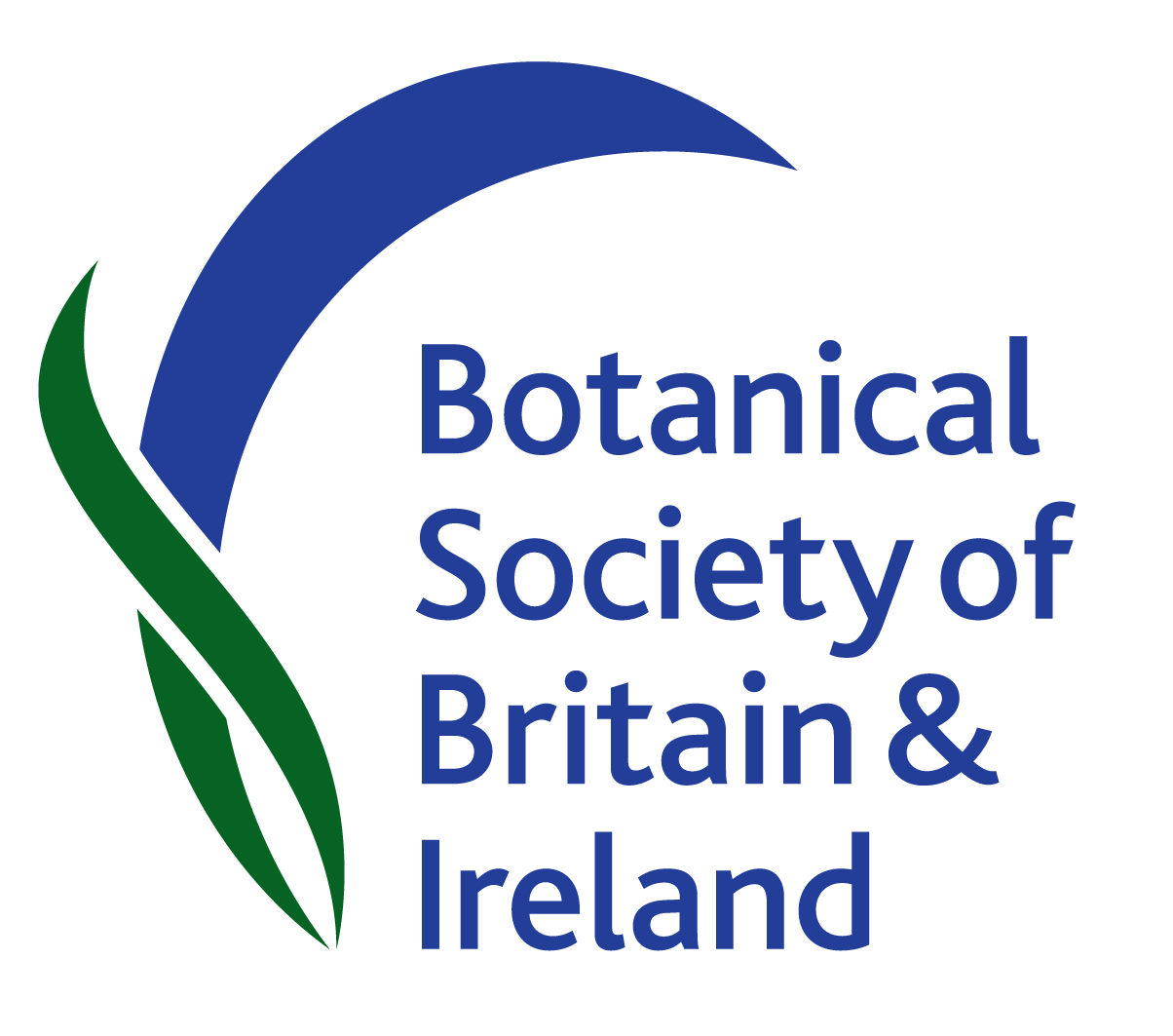Tom Humphrey
Site Admin

Joined: 04 Jul 2005
Posts: 1298
Location: Wallingford, UK
|
 Posted: Sun Dec 12, 2010 12:14 am Post subject: Posted: Sun Dec 12, 2010 12:14 am Post subject: |
 |
|
Hi Sarah,
I think it may be hard to pin down definitively who collected the competition sheets - I've yet to see any with a collector name on. St Brody took part (and won a gold medal), so the sheets might well be his.
The following is an extract from an article referring to the competition by Richard Middleton, which I can't find online, so I hope can duplicate it in part here:
| Quote: | The British Botanical Competition, 1864
In 1864 the Royal Horticultural Society organized a competition with prizes of one silver and two bronze medals for the best collections of plants made from each county of Great Britain during the year. The intention of this competition was the "encouragement of Scientific Botany among all classes" (WG 1864). This apparently innocuous idea proved somewhat controversial with objections ranging from the cost involved in making such a collection to the danger that it would pose to rare and threatened plants. Letters to the Committee of the Royal Horticultural expressing this latter concern were sent by Hooker et al. from Kew, and from Charles Babington, suggesting that, as a compromise, no collection should contain more than 300 specimens, the plants should be named by the candidate using standard texts and that the prize should be awarded on the basis of presentation and accuracy rather than number and rarity (Babington 1864). Babington's communication essentially acted as a cover letter for a petition from 127 botanists echoing this sentiment, headed, after Charles and Churchill Babington, by Charles Darwin himself. Many of the people signing this would be known personally to Fraser, including W A Leighton, W Mathews, A Bloxam and G Walker Arnott.
The representation to the Society seems to have had the desired effect and revised rules were introduced limiting entries to no more than 200 plants and noting that the inclusion of rare plants would not enhance the competitor's chance of winning a prize. Competitors were also encouraged to make suggestions for ways in which the Society could assist in the conservation of rare plants.
In his Flora of Staffordshire, Edees (1972) notes that
"In 1864 he [John Fraser] made a collection of 530 species of Staffordshire plants which was awarded the silver medal of the South Kensington Horticultural Society for the best county collection of the year. These plants with the rest of Fraser's extensive herbarium now belong to the University of Hull [HLU]."
BBC label
In actual fact the 530 relates to the number of Staffordshire plants that Fraser lists as having observed in his 1865 paper in the Transactions of the DMGSS. Of these only 317 taxa are preserved in the HLU collection, with 293 still carrying the official competition label. In view of the changes made to the rules, 200 or fewer or these must have been submitted for consideration by the prize committee. Since he was awarded the county prize, his collection must have conformed to the letter of the new rules but not perhaps the spirit! His entry also seems to confirm the fears expressed by H C Watson in a letter to the Journal of Botany (1864).
"...it is presumed that the prizes must be chiefly intended to stimulate young gardeners, and perhaps others of similar social position, to acquire some knowledge of technical botany. It is not likely that more advanced or professed botanists would care to receive such prizes ; and it may be added, without wishing to suggest offensive comparisons by the remark, that young botanists, in the social position of gentlemen, would be little likely to become competitors for them. If they should become so, however, with time and money at command, what would be the chances of successful competition on the part of employed gardeners and others able to spare little of either ?"
In all twenty six silver medals and eleven bronze medals were awarded for the county collections with three gold medals to Dr St Brody of Cheltenham, Mr Joshua Clarke of Saffron Walden and Miss Lydia E Barker of Accrington for the best overall submissions. Mr Clarke also received an extra gold medal for the discovery of Erucastrum inodorum (now E. gallicum), a first for the United Kingdom (Seeman 1865). Dr St Brody appears to have been a 38 year old Prussian born private tutor - like John Fraser not the social class originally targeted for improvement by the Horticultural Society! It is also tempting to surmise that the gold medal winner was none other than Joseph Clarke (c1807 - 1890), magistrate and ten times mayor of Saffron Walden, a mature maltster and enthusiastic experimental botanist (Gibson 1866). |
...so it appears that sheets from two winners of the competition (St Brody and Lydia Becker (not Barker)) are online on the website. |
|




